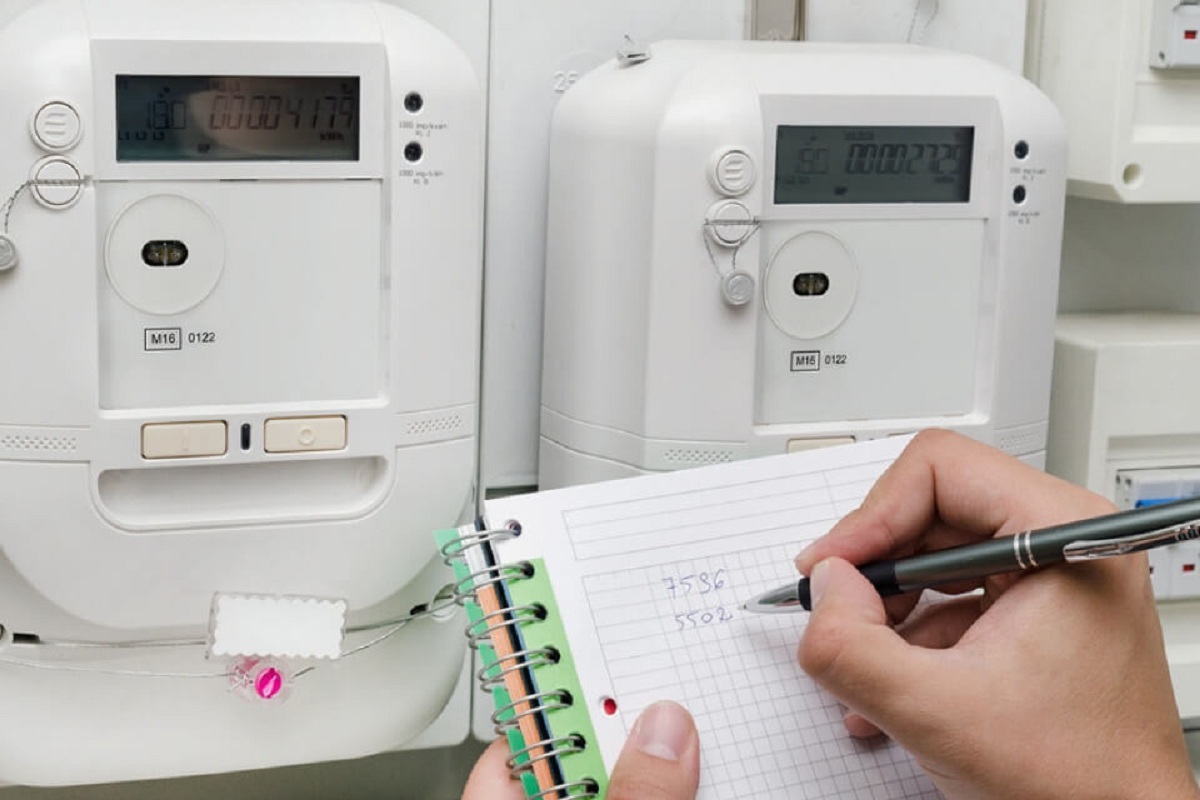
If we want to start saving on the electricity bill we must learn to calculate electrical power we need in our home. Deciding this power is complex at first but, in the long run, it can help save a lot and emit fewer pollutants into the atmosphere. If we have contracted the electrical power lower than what is needed, it is very normal for the Power Control Switch (ICP) and the power supply is cut for a period of time. This is what is commonly known as "jumping leads".
Therefore, if you do not want this to happen to you, in this article we are going to tell you how to calculate electrical power.
What is electrical power

The power is the amount of energy that is produced or consumed for each unit of time. This time can be measured in seconds, minutes, hours, days ... and the power is measured in joules or watts.
The energy that is generated through electrical mechanisms measures the ability to generate work, that is, any type of “effort”. To understand it better, let's put simple examples of work: heating water, moving the blades of a fan, producing air, moving, etc. All this requires work that manages to overcome the opposing forces, forces such as gravity, the force of friction with the ground or air, the temperatures already present in the environment ... and that work is in the form of energy (energy electrical, thermal, mechanical ...).
The relationship established between energy and power is the rate at which energy is consumed. That is, how energy is measured in the joules consumed per unit of time. Each joule consumed per second is one watt (watt), so this is the unit of measurement for power. Since a watt is a very small unit, kilowatts (kW) are typically used. When you see the bill for electricity, appliances and so on, they will come in kW.
Calculate the electrical power to contract

As we mentioned at the beginning of the article, if we have a contracted electrical power lower than what we need, we will have problems with the power supply continuously. On the other hand, the situation can also occur in which the electrical power we have is higher than what we really need. Although the ICP will not skip, we will be paying an excess of our electricity bill. As any consumer can change the contracted power at any time, it is necessary to learn to calculate the electrical power we need.
To do this, we must analyze the maximum power registered in the home in recent months and see in which months there is a greater or lesser demand. It is not necessary to modify the consumption habits, but to adapt the hiring to ours. For example, if I am a consumer who has contracted a power of 5.5kW and the maximum reached during the previous months it does not exceed 4.5kW of potential, the contracting can be reduced to 4.4kW to achieve a saving in the electricity bill of up to 38.34%.
Consumption of household appliances

As not all electrical appliances consume the same energy, it is important to know more or less the consumption of the most used ones. Actually, a large number of electrical appliances are used daily in a home, however, those that need high electrical power are not usually used for a long time. These appliances are: microwave, washing machine, dryer, ceramic hob, dishwasher, toaster, oven, heating, stoves, radiators, heaters and derivatives.
The electrical appliances that consume the least electricity in relation to the time they are working are the computers, refrigerator, television, light bulbs (especially if they are LED bulbs), mobile chargers, among others. Calculating the necessary electrical power can help reduce costs each month and avoid power outages due to the contracted power. In Spain, the average electrical power contracted by the majority of the population is between 3.45 and 4.6kW.
How to calculate electrical power
To calculate the electrical power that we must contract, it is necessary to know how much consumption each appliance generates and how many we are going to connect at the same time on a frequent basis. We must also know the number of people residing in the house, dimensions of the property and know if we have a single-phase or three-phase installation. All these factors are essential to know how to calculate electrical power.
We must know that the power that we contract must always be lower than the maximum power indicated in the electrical bulletin. If a customer needs to contract a power greater than that indicated in the electrical bulletin, they need to request a new bulletin and make the necessary modifications to adapt the electrical installation to it. The electrical bulletin is an official document that certifies us about good condition and the capacity of the electrical installation to be able to supply supply. It is what helps ensure that a home installation meets all safety requirements to receive the electricity supply from a utility company.
There are several ways to calculate the contracted electrical power:
- Hire an electrician to evaluate the appliances in the house and estimate the power required.
- Use a power calculator available from many power companies.
- Measure kilowatts manually, although it is somewhat longer and tedious. However, it is the most recommended process since it is the most accurate.
To calculate the electrical power of a home it is important to take into account the simultaneity factor. This factor indicates the probability and frequency with which several electrical appliances can be working and connected at the same time. The maximum value of the concurrency index is 1. This would mean that all of the household appliances are connected at the same time. The most recommended formula for these cases is the following:
Television (0,5 kW) + Vitroceramic (1,5 kW) + Washing Machine (1,5 kW) + Oven (2 kW) + Dishwasher (2 kW) + Refrigerator (0,5 kW) + Microwave (1 kW) + Heating (2 kW) = 11 kW. The simultaneility factor must be applied to this formula, being 1 if they are all connected at the same time frequently, 0.5 if they are occasionally connected and 0.25 if they are rarely connected. 1kW is added to the result of the multiplication to calculate the minimum contracted electrical power.
I hope that with this information you can learn more about how to calculate the electrical power that you must hire.